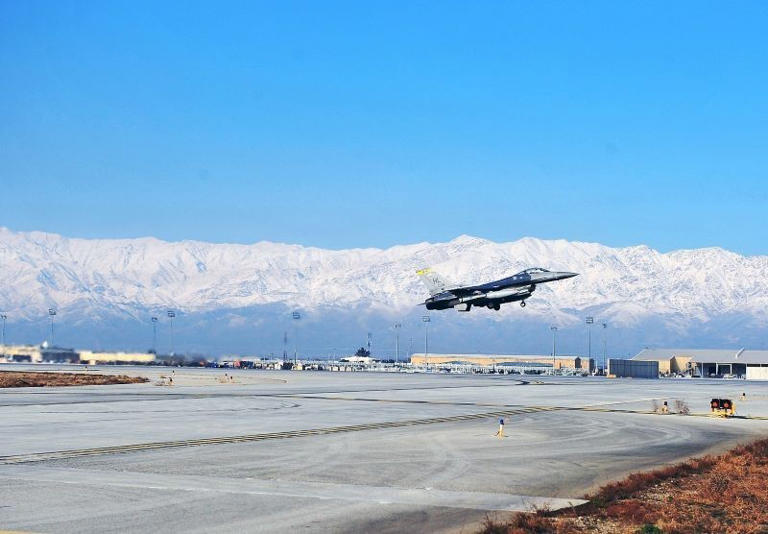The International Organization for Migration (IOM) has reported that more than 500,000 people were displaced in Afghanistan due to climate change last year.
In its latest report, the IOM stated that nearly nine million individuals were affected by climate-related hazards in the past 12 months, with over 500,000 displaced by floods, drought, and other natural disasters.
The Afghanistan Climate Vulnerability Assessment (ACVA) is the first nationwide study to comprehensively assess climate vulnerability in every village across Afghanistan, using detailed data collected by IOM’s Displacement Tracking Matrix (DTM).
It said that this data provides a critical evidence base, highlighting the widespread and severe effects of climate change and offering a uniquely representative picture of its impact on the country.
Over the past three years, disasters such as floods and droughts have overtaken conflict as the main cause of displacement, worsening the country’s already dire humanitarian crisis.
“Despite contributing minimally to global carbon emissions, Afghanistan ranks among the top ten countries most affected by climate change,” said Mihyung Park, IOM Afghanistan Chief of Mission.
ACVA findings provide vital insights for IOM and humanitarian partners to prepare for climate shocks that threaten livelihoods, homes, and safety.
“Understanding the risks communities face allows us to better anticipate disasters, save lives, and help communities recover. However, more resources are needed to support at-risk communities to mitigate further displacement and unwanted migration,” Park added.
Key findings:
- Nearly 3 million people were displaced between 2021 and 2024. In 2024 alone, 988,000 individuals experienced temporary displacement (lasting less than one month) due to climate and disaster events.
- During the same period, villages reported nearly 400,000 cases of damaged or lost shelters and assets, along with almost 14,000 instances of injury or loss of life caused by disaster events.
- According to ACVA’s community risk index, over 11 million people in Afghanistan are at high risk of severe impacts from climate-induced disasters in the future, with the most vulnerable areas concentrated in Ghor, Khost, and Jawzjan provinces. Climate hazards are closely linked to economic risks, including displacement. Climate-sensitive livelihoods, like subsistence farming, make up 73 per cent of jobs in Afghanistan.
- Alarmingly, 92 per cent of villages have limited access to emergency services and 46 per cent experience challenges accessing healthcare. Poor critical infrastructure further weakens disaster preparedness, response, and recovery, increasing vulnerability to climate hazards.
- Adaptive capacity measures help communities prepare for and respond to climate hazards. Yet, 96 per cent of Afghan villages lack resources for crucial measures like early warning systems and search and rescue.
DTM teams travelled across Afghanistan’s rugged terrain—often on foot, by motorcycle, or car—to collect this data. “Our teams overcame steep cliffs, snowstorms, and rain to ensure every community was represented,” said Modher Al Hamadani, DTM Afghanistan Coordinator.
Views: 26












